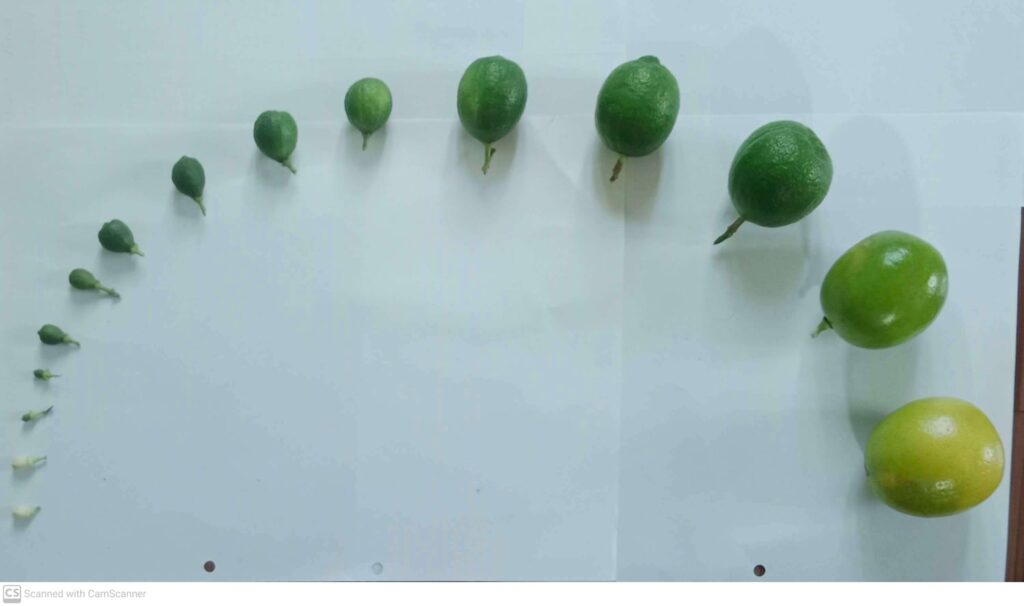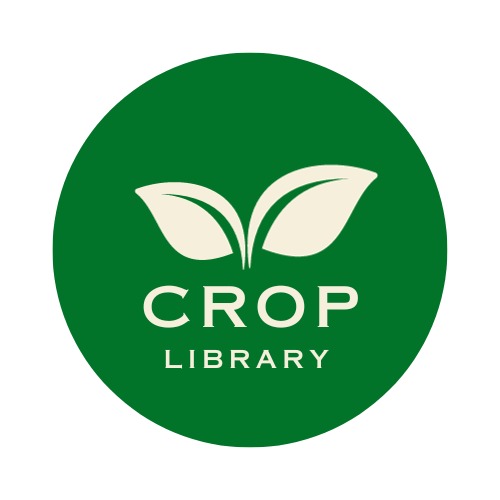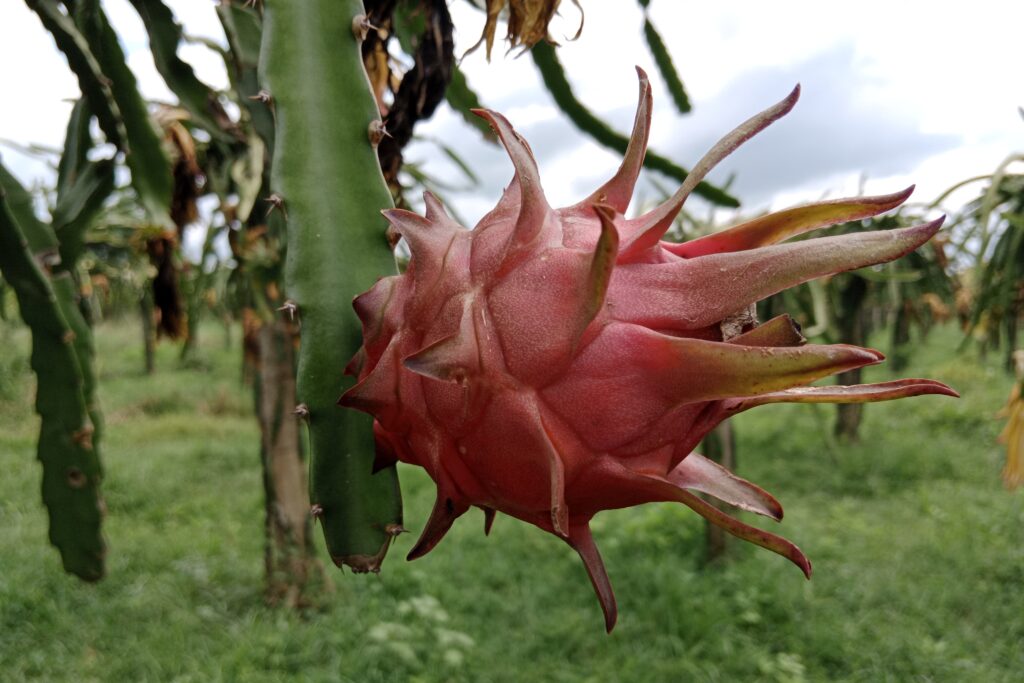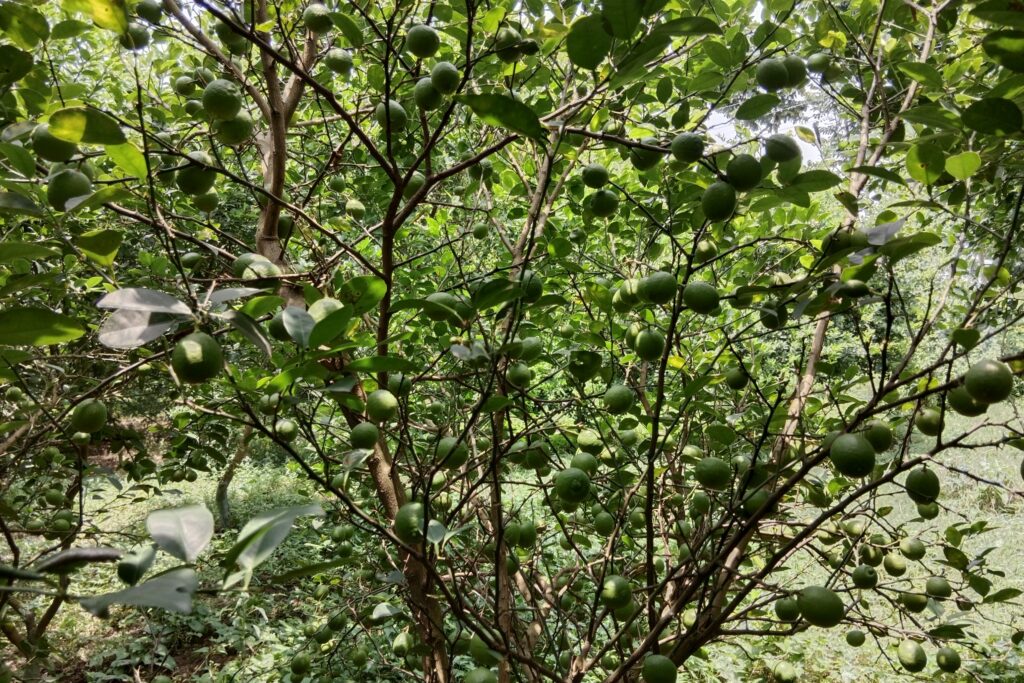The stages of fruit growth and maturation is a remarkable process, transforming a flower into a fully ripened and nutrient-rich product. This intricate journey unfolds through several distinct stages: fruit set, fruit drop, growth, and maturation. Each stage is vital in shaping the quality and success of the final harvest. Let’s examine these stages in detail:

Fruit Set: The Foundation of Fruit Growth
Fruit set is a crucial phase in the lifecycle of fruit development, marking the transition from flower to fruit. It refers to the percentage of flowers on a plant that successfully develop into fruit. This success rate is calculated using the formula:
Fruit set percentage = (Number of flowers /Number of fruits)×100
A high fruit set percentage indicates effective pollination and fertilization, which are critical for optimal yield and fruit quality.
Prerequisites for Fruit Set
For successful fruit set, the following conditions must be met:
- Healthy Flower Buds: Strong and well-formed buds are essential for viable flowers capable of supporting fertilization.
- Favorable Pollination Conditions: Environmental factors, such as appropriate temperature and humidity, facilitate pollinator activity and pollen viability.
- Complete Fertilization: Pollen grains must successfully fertilize the ovules within the flower.
- Adequate Resource Availability: A steady supply of carbohydrates (from photosynthesis) and essential minerals ensure that developing fruits have the energy and nutrients needed for initial growth.
Example in Stone Fruits
In stone fruits (e.g., peaches, cherries, and plums), the fruit set phase is characterized by:
- Wilting Petals
A sign that pollination and fertilization have occurred, and the flower is transitioning to fruit development.
- Shedding of Anthers and Calyx
The reproductive structures that are no longer needed fall off.
- Shuck Split Phenomenon
This is when the remnants of the flower (the “shuck”) begin to separate from the developing fruit, signaling successful fertilization and fruit formation.
Challenges and Considerations
Some crops tend to overset, producing more fruits than the plant can support. This can lead to:
Poor-Quality Fruit
The plant’s resources are divided among too many fruits, reducing size and flavor.
Biannual Bearing
Excessive fruiting one year can deplete resources, resulting in poor or no fruiting the following year. This irregular bearing pattern affects long-term productivity and market stability.
Understanding fruit set and its influencing factors allows growers to optimize conditions—such as pollination strategies and nutrient management—for consistent and high-quality fruit production.
Fruit Drop: A Natural Thinning Mechanism
Fruit drop is a common phenomenon in fruit crops where immature fruits detach from the plant at various stages of development. While some fruit drops are a natural and beneficial thinning process, excessive or poorly timed fruit drop can negatively impact yield and quality. Fruit drops occur in distinct phases, influenced by hormonal activity, environmental stress, and resource availability.
Phases of Fruit Drop
Post-Anthesis Drop
This occurs shortly after pollination and fertilization. Fruits that fail to fertilize properly or are not viable are shed during this phase. It ensures that resources are not wasted on non-viable fruits.
June Drop
A well-known phase in temperate fruit crops like apples, this occurs several weeks after fruit set. During this period, fruitlets compete for limited resources such as carbohydrates and water. Fruits with fewer seeds or inadequate access to resources are more likely to drop.
Pre-Harvest Drop
As the fruit matures, some may drop due to hormonal changes, environmental stress (e.g., wind or drought), or overripe conditions. Pre-harvest drops can significantly reduce marketable yield if not managed effectively.
Key Factors Influencing Fruit Drop
Seed Number and Stress Conditions
- Fruits with more seeds typically produce higher levels of auxins, which help in maintaining their attachment to the plant. Fruits with fewer seeds are more prone to drop.
- Stress conditions such as drought, high temperatures, or nutrient deficiencies reduce the plant’s ability to sustain developing fruits.
Hormonal Imbalances and Vegetative Growth
- A decrease in auxin levels or an imbalance in other growth hormones like gibberellins and abscisic acid can trigger abscission zones at the fruit’s stem, leading to drop.
- Vigorous vegetative growth can divert resources away from fruits, increasing the likelihood of dropping.
Use of Plant Growth Regulators (PGRs)
- Plant growth regulators such as Ethephon or Naphthaleneacetic Acid (NAA) are used to manage fruit drop.
- Ethephon promotes ethylene production, which can be used for thinning purposes to regulate crop load.
- NAA helps reduce premature fruit drop by stabilizing hormonal balance and improving fruit retention.
Fruit Growth: Stages of fruit growth and maturation
Fruit growth is a dynamic and intricate process that unfolds in distinct phases, influencing both the size and quality of the final fruit. This growth often follows a sigmoidal curve for fruits like apples, citrus, and kiwi, while stone fruits (e.g., peaches, cherries) exhibit a double-sigmoidal curve with three well-defined phases.
Growth Phases in Stone Fruits
Cell Division in Exocarp, Mesocarp, and Endocarp
- The initial stage of fruit growth is characterized by rapid cell division across the three main layers of the fruit:
- Exocarp: The outer skin layer.
- Mesocarp: The fleshy, edible portion.
- Endocarp: The inner layer that hardens to form the pit in stone fruits.
- This phase sets the foundation for the potential size and structure of the fruit.
Pit Development in the Endocarp
- In stone fruits, the second phase focuses on the development and hardening of the pit within the endocarp.
- Growth temporarily slows as the plant prioritizes structural formation over fruit flesh expansion.
Cell Elongation in the Mesocarp
- The final phase involves significant enlargement of the mesocarp cells, leading to the characteristic plumpness of the fruit.
- The majority of fruit size increase occurs in this phase, supported by water uptake, nutrient accumulation, and hormonal regulation.
Factors Affecting Fruit Size
Several physiological and environmental factors influence the ultimate size of the fruit:
Seed Number and Light Interception
- Fruits with more seeds generally grow larger because seeds produce auxins that stimulate growth.
- Optimal light interception supports photosynthesis, providing the energy needed for fruit development.
Leaf Area Relative to Fruit:
- A higher leaf-to-fruit ratio ensures a better supply of carbohydrates and nutrients to each fruit.
- Insufficient leaf area can limit growth and result in smaller fruits.
Auxin Export and Primigenic Dominance
- Auxins, produced by seeds and transported to fruit, drive cell division and elongation.
- Primigenic dominance means that flowers and fruits with better access to auxin flow (e.g., “king flowers” in a cluster) grow larger than others.
Nutritional Supply and Growth Regulators
- Adequate availability of nutrients like nitrogen, potassium, and calcium supports healthy growth.
- Growth regulators like Benzyladenine (BA) and Gibberellic Acid (GA) can be applied to enhance cell division and elongation, promoting larger fruit sizes.
Fruit Surface Defects During Growth
The rapid growth and enlargement of fruits can strain the fruit surface, leading to stress on the outermost layer—the cuticle. This strain can result in various surface disorders:
Strain and Stress
- As fruits expand, the surface experiences mechanical strain.
- Prolonged stress may result in cracking, scarring, or other visual and structural defects.
Cell Division and Enlargement in Epidermal Tissue:
- In some species, continued cell division and elongation in the epidermis partially relieve surface stress.
- However, this process is often insufficient to counterbalance the rapid increase in fruit size.
Limitations of the Cuticle:
- The cuticle, a protective waxy layer, lacks the ability to “grow” in response to expansion, making it prone to cracking.
- Microcracking of the cuticle allows pathogens to enter, reduces shelf life, and diminishes fruit quality.
Maturation: The Final Phase
Maturation represents the final stage of fruit development, where the fruit transitions from being physiologically immature to fully mature, ready for consumption or further ripening. This phase is characterized by a series of complex physiological, biochemical, and physical changes that determine the fruit’s quality, flavor, and shelf life.
Key Processes During Maturation
Respiratory Changes
- Fruits undergo metabolic shifts during maturation.
- Climacteric fruits (e.g., apples, bananas, mangoes) exhibit a significant rise in respiration and ethylene production during ripening.
- Non-climacteric fruits (e.g., citrus, grapes) show a gradual decrease in respiration rates.
- The energy derived from respiration drives processes like sugar accumulation and pigment synthesis.
Texture Changes
- Fruit texture softens due to the breakdown of the cell wall and middle lamella.
- Enzymes like pectinases and cellulases degrade pectin and cellulose, leading to reduced firmness.
- Softening enhances palatability but can reduce shelf life if unmanaged.
Color Development
- Green chlorophyll pigments degrade, revealing or synthesizing new pigments.
- Carotenoids (yellow/orange, e.g., in mangoes) and anthocyanins (red/purple, e.g., in apples and grapes) accumulate, giving the fruit its characteristic color.
- Color changes signal maturity and ripeness, making the fruit visually appealing to consumers.
Flavor Improvement
- Starch stored in the fruit converts to simpler sugars like glucose, fructose, and sucrose, enhancing sweetness.
- Organic acids may degrade, reducing sourness.
- Aromatic compounds develop, contributing to the fruit’s distinctive flavor and aroma.
Determining Maturity
Determining the maturity stage of a fruit is crucial for optimizing harvest timing, ensuring quality, and extending shelf life. Maturity indicators vary depending on the type of fruit and its specific physiology.
Citrus Fruits
Indicators
- Skin color (e.g., transition from green to yellow/orange).
- Size and weight of the fruit.
- Soluble solids content (sugars) and acidity levels, measured as a sugar-to-acid ratio.
Significance
- These factors ensure the balance of sweetness and acidity, a hallmark of citrus flavor.
For Example
Mangoes
Indicators
- Fullness of the fruit cheeks (plump appearance).
- Flesh color transitioning from pale yellow to deep golden.
- Days after fruit set or flowering.
Significance:
- Proper timing ensures peak sweetness, flavor, and aroma.
Bananas
Indicator
- Degree of angularity in cross-section: Immature bananas appear angular, while mature ones become rounder.
- Firmness: Softening indicates ripening.
- Peel color: Transition from green to yellow with brown speckles.
Significance
- Harvesting at the right stage ensures bananas ripen evenly during transport and storage.
Understanding these stages not only enhances fruit cultivation practices but also ensures high-quality yields. By monitoring key factors like pollination, resource availability, and hormonal balance, growers can optimize fruit growth and maturity for better productivity.


